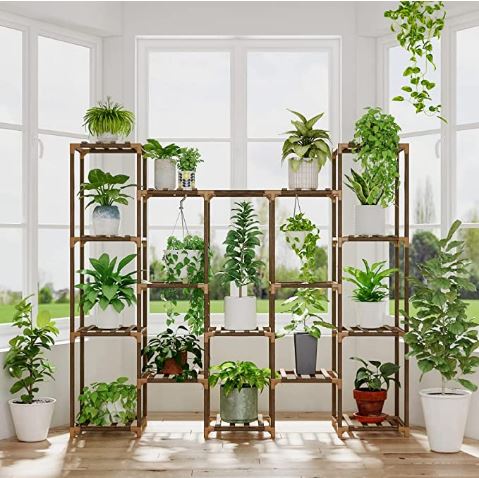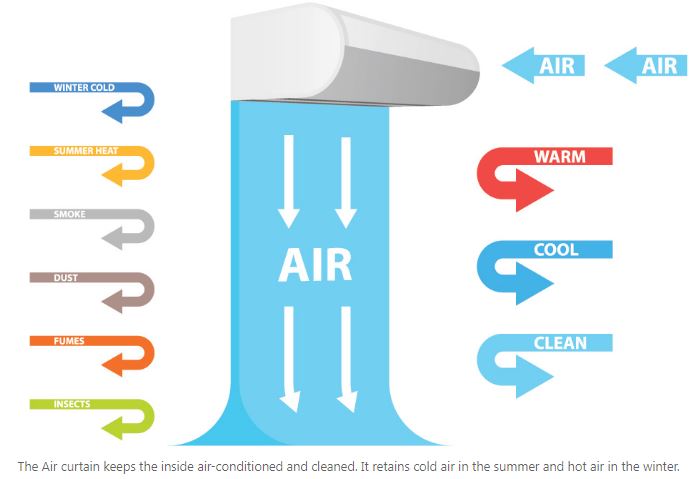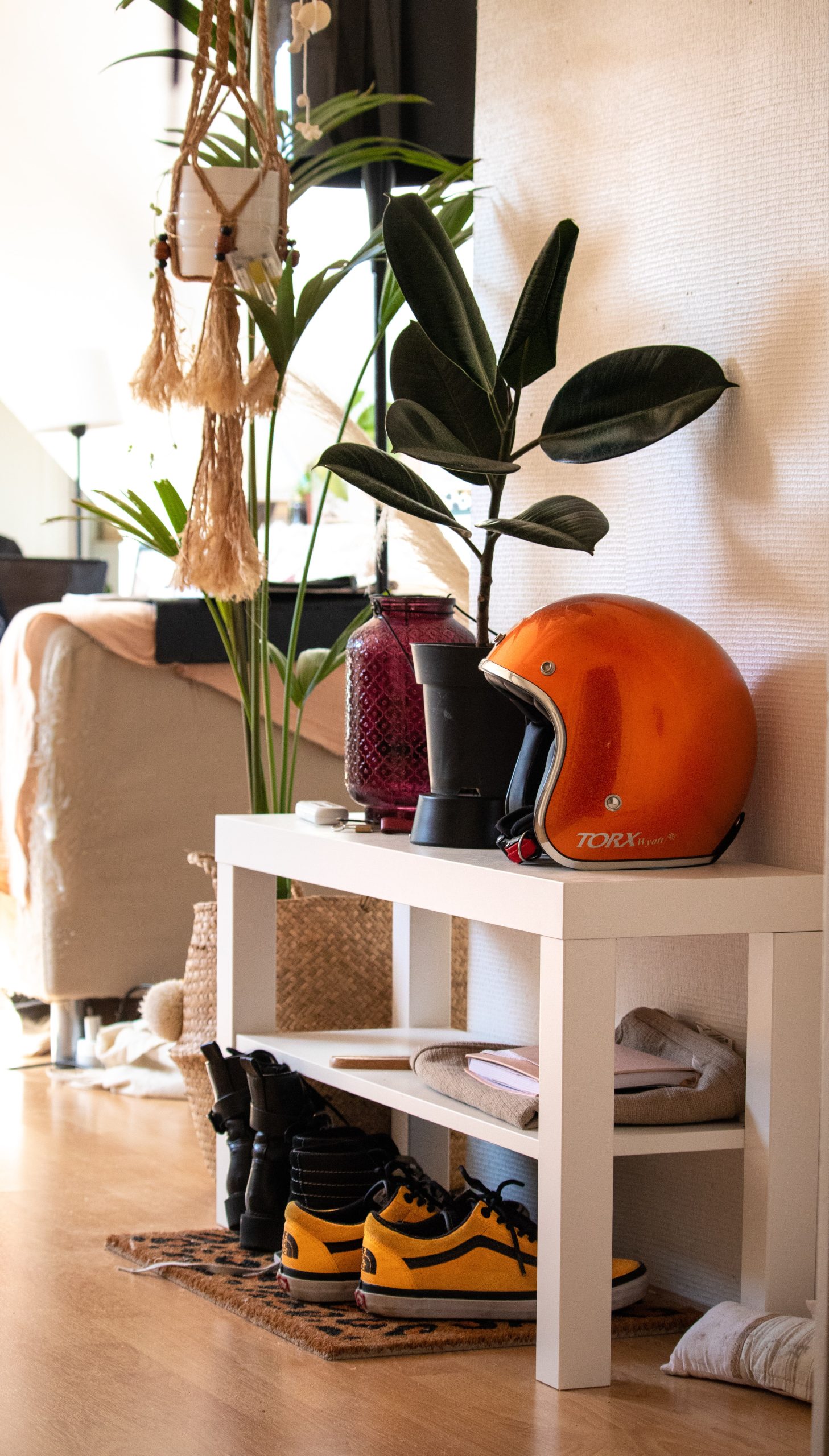How Vestibules and Foyers make your home healthier
How Vestibules and Foyers make your home healthier
In the US, not many people would say they have a “vestibule” in their home. Vestibule is defined as an empty space or small area located just inside the entrance to a building. This sectioned-off area has the main purpose of serving as a passage from the entryway to another, usually larger, interior area of a house or building. Vestibules are used as welcoming areas, reception areas, and wait spaces. Often, people may be able to hang their coat and take off their shoes in this space. (study.com) Oh! You may say, that’s a foyer. And, although there are some small differences between the two, they share much of the same functions.
Besides serving as a transition space from the indoors to the outdoors, architects also know that the vestibule serves two other functions: to block the view of the main interior from outside and create privacy, and to control the exchange of heat between outside and the interior of a building. In terms of air quality, now we’re getting somewhere. It’s very useful for the comfort and cleanliness of your home to have a foyer (vestibule) for the ability to:
Stop dust and mold from coming into your home by having a place to take off your outside shoes and coat (see our article on how to bring less contaminants into your home)
Stop heat or cool air from flowing right on out of the house, and preventing the same from coming in (plus unwanted humidity)!
The best designs incorporate 2 sets of doors, one on the exterior and one on the interior, with enough space between them for one set to be closed. Meaning–you can walk into the foyer, close the door, take off your shoes and coat comfortably, and proceed into the house through the interior doors. This truly makes the foyer a “buffer zone” for your clean, climatized home. (In businesses, guess what they invented to take up less space? Revolving doors! Because each section of the revolving door can be closed off while you rotate it, they really function as mini-foyers). Mudrooms are also a type of vestibule, and their name says it all– a place to leave the mud before entering the house! (hunker.com)
Now that you see the purposes of the foyer or vestibule, it’s less likely that you’ll think of them as “wasted space”. Your foyer can be elegant and grand, or simple and cozy, because it’s a “first impression” for your home. What if you don’t have a foyer, but now you want one? Well, of course it’s possible to renovate and put in doors, lighting, etc., but you can also “carve” out this space by using furniture and decor to give it some of the same style and function without actually having a separate room. Simply searching for “how to create a foyer when you don't have one” brings up a ton of good ideas, some of the best of which are: (from architecturaldigest.com)
Add hanging hooks and a bench, for guest coats and removing shoes.
Bring in extra storage, like a classic armoire, if you would rather not look at a pile of coats and shoes!
For style, add a rug, a statement light fixture, and a small console table (the better to hide away your mail!). Also consider adding a mirror and wall decor.
Add germ protection: Germ Defenders and Air Angels are small, discreet sanitizers that can destroy pathogens brought in from outside before they enter the rest of your home. Plug one in and basically forget about it--just enjoy the clean air!
If your front door just opens into your living space with no entryway at all, you could add a pretty folding screen to create some separation. (clutter.com) Better yet, make a wall of plants that will not only enjoy the light coming in if you have a window or glass door, they will also filter air pollution and particulates coming in from outside!
Source: Amazon.com
You can also turn your open-ended foyer into a semi-closed one without installing doors. You could opt for installing some beautiful insulated drapes on the open end for climate control, which can be tied back when you have a large influx of guests or furniture coming through. Plus–they look very elegant! Another option that is becoming super-popular are magnetically-closing fabric or plastic doors. Because they are easy to pass through and self-closing, they can be great for kids, those with disabilities, or to section off your foyer or mud-room. Clear plastic doors are nice because they don’t block the view, but beware of those made with EVA (ethylene vinyl acetate). EVA is a safer alternative to PVC, but some EVA contains formamide. Formamide is used to make the foam soft, but it’s considered to be carcinogenic and a developmental toxin that can be absorbed through the skin. If you’re considering purchasing one of these doors made from EVA, it’s best to contact the manufacturer to ask if their product contains formamide. (hellonaturalliving.com)
“Air curtains” or “Air doors” used to be features only found in restaurants or businesses like grocery stores. You know–it’s that blast of air that greets you from above when you open the door! Now, they are available for homes in a 36” width, so even a modest home can use this energy-saving feature (it becomes more important as the temperature difference between inside and outside increases). Here is a diagram of how this device helps you keep your building envelope more intact while including doors.
(Source: learnmetrics.com)
According to Berner, a longtime manufacturer of air curtains, air from the room is accelerated by the unit’s fans, then directed through a plenum for even distribution along the full length of the nozzle. Airfoil shaped vanes in the nozzle reduce turbulence so you get a smooth flow of air. In addition to conserving your indoor environment, air curtains also reduce flies, mosquitos, yellowjackets, and bees inside because these small insects find the air stream too powerful for them to fly through and if they try, they are blown down or sideways before they can enter the building. Because of their design, the American Society of Heating, Refrigerating and Air-Conditioning Engineers (ASHRAE) Standard 90.1-2019 and the International Energy Conservation Code (IECC) building code allows AMCA certified air curtains as alternatives to vestibules in commercial spaces that are required to have vestibules. The most important specs to check before purchasing an air curtain are airflow, noise level, power, and available width. Read this article to learn about the top air curtains for the home.
For more inspiration, this gallery of 50 stunning entryways will make you want to bring back the “grandeur” to your entrance, and may help you figure out how to do it with pieces of furniture and decor that you already have!
Photo by Eddy Billard on Unsplash



